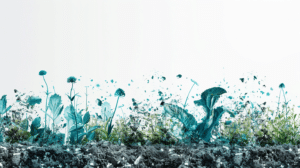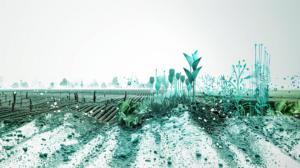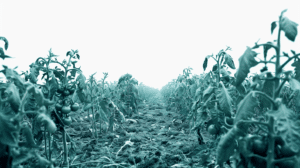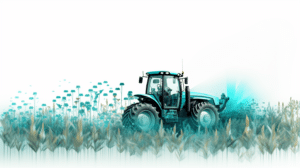In this article I wanted to share with you one of our successful experiences working on a unique regional project involving the monitoring of invasive and highly damaging pest species in four counties in Kenya, covering over 20,000 smallholder farmers. Such pest issues have become more severe with climate change.
In 2018 we joined forces with the International Center of Insect Physiology and Ecology (ICIPE) and Tel Aviv University (TAU) to tackle this opportunity.
First things first, Maize is the most attractive to this pest, posing a major risk to smallholder farms’ survival and food security in Africa, where maize is the major staple crop.
Maize is a major staple food in many parts of the world. East Africa’s landscape is populated with millions of farms growing maize, cultivated for self-sufficiency as well as for local trade.
Fall armyworm (FAW) is an invasive insect known to be destructive to more than 80 commercial crops. It originated in the Americas and was first reported in Africa in 2016. Maize is the most attractive to this pest, posing a major agricultural risk to smallholder farms’ survival and food security in Africa, where maize is the major staple crop.
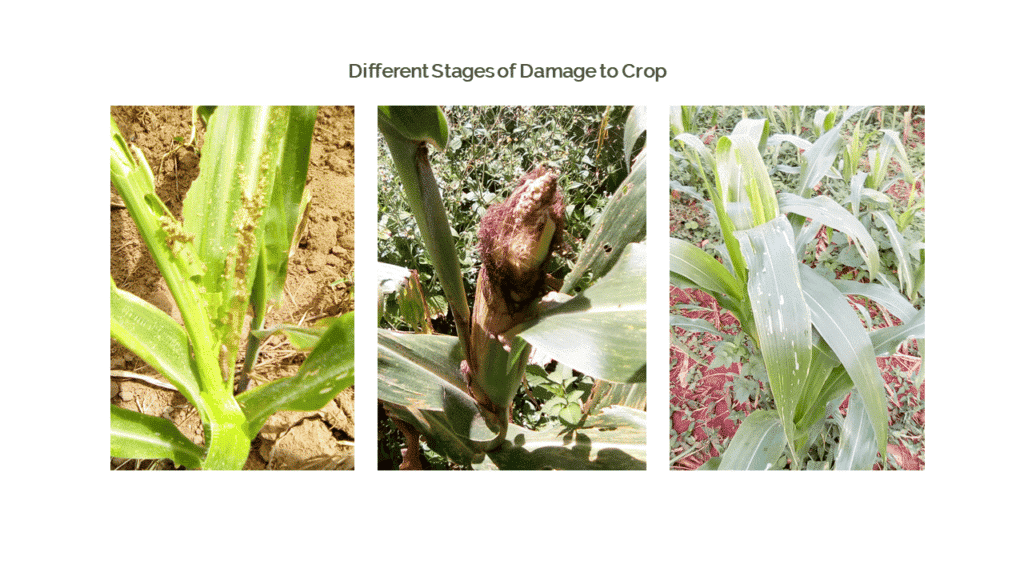
FAW life cycle is short. It may complete in as little as 30 days, and each female may lay up to 1,500 eggs. The moth has very high mobility, estimated at up to 300 miles per generation. The spread of the pest is therefore extremely fast and aggressive.
Tackling the challenges
Effective control of FAW requires collaboration between growers, Even more so in developing countries, where the crop is scattered over many small plots. The flow of information together with a decision support system are key for effective and timely control of the insect.
This requires real-time monitoring: mapping the distribution and expansion of the pest population, in relation to the crops’ phenological stages. This is where we got involved. Agritask’s mobile app was quickly adapted to the project-specific field scouting protocols, and the web platform was adapted to present and analyze real-time data according to predefined risks and levels of risk.
To date, approximately 8,000 reports of FAW infestation were collected (reported during the 2019-2020 season) by designated scouts and lead farmers who followed the standard protocols over the Agritask app. Based on the data collected, weekly reports and alerts were continuously prepared during the season by the project advisory personnel and shared with the local agricultural extension teams.
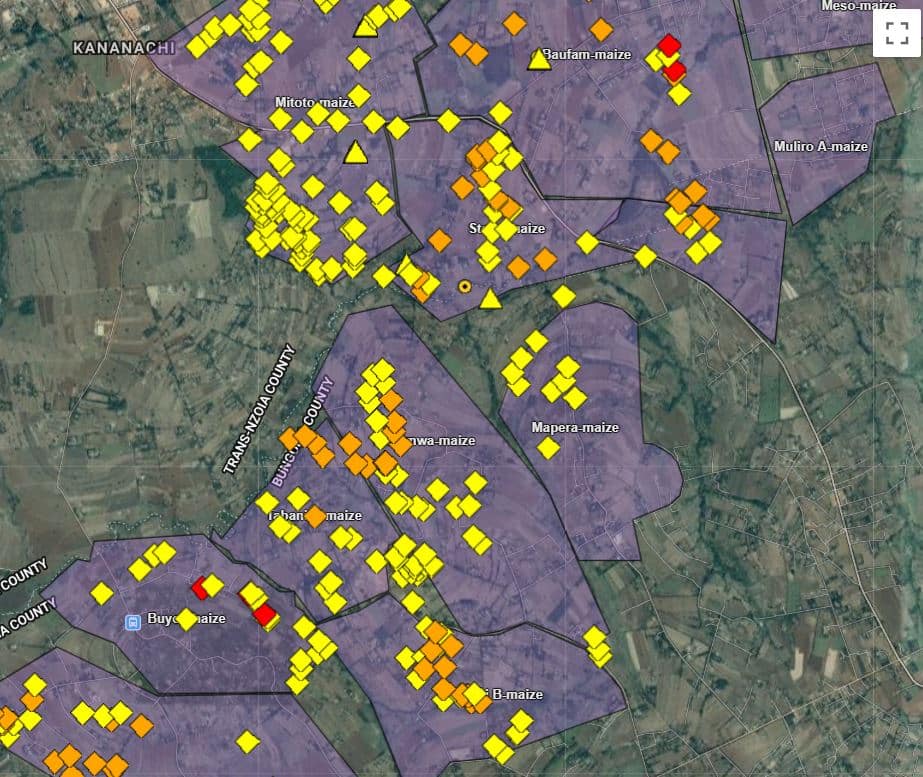
The researchers at ICIPE and TAU define several ways for both field scouts and smallholder farmers to report pest problems, ranging from providing a mobile application to setting up call centers for farmers who don’t own smartphones and can’t report directly. The system offers several means to ensure the quality of reported data and training, such as capturing photos from the fields, so that the researchers can review field staff’s work and provide the appropriate feedback. The reported data is automatically processed to generate a centralized view and analysis of pest infestation patterns – available for the first time to the researchers.
Very satisfying results for all stakeholders
Unlike traditional practices of erratic reporting, this project was executed at a regional level with a structured, accountable monitoring program. For some of our users, this was the first time using a digital agriculture tool, enabled by a user-friendly and customizable user interface.
As stated by Dr. Opher Mendelsohn of TAU: “Agritask was a major contributor to the success of the project and proved its flexibility and simple adaptation to local constraints and needs. Future expansion of the project is currently underway, including the use of Agritask’s platform as an important component of the monitoring activity.”
P&D issues are becoming more significant with climate change. Several researches suggest that global warming has created favorable conditions for the spread of certain pathogens. Most recently, there have been waves of locust swarms in many countries in Africa on an unprecedented scale. We can clarify that the structured monitoring of pests on a regional scale is the most effective way to tackle such issues. It enables quantification of damages, earlier detection of problems and their patterns, and identification of the optimal control measures.
Agritask is a dynamic agronomic platform that can support the full life cycle of such efforts.

